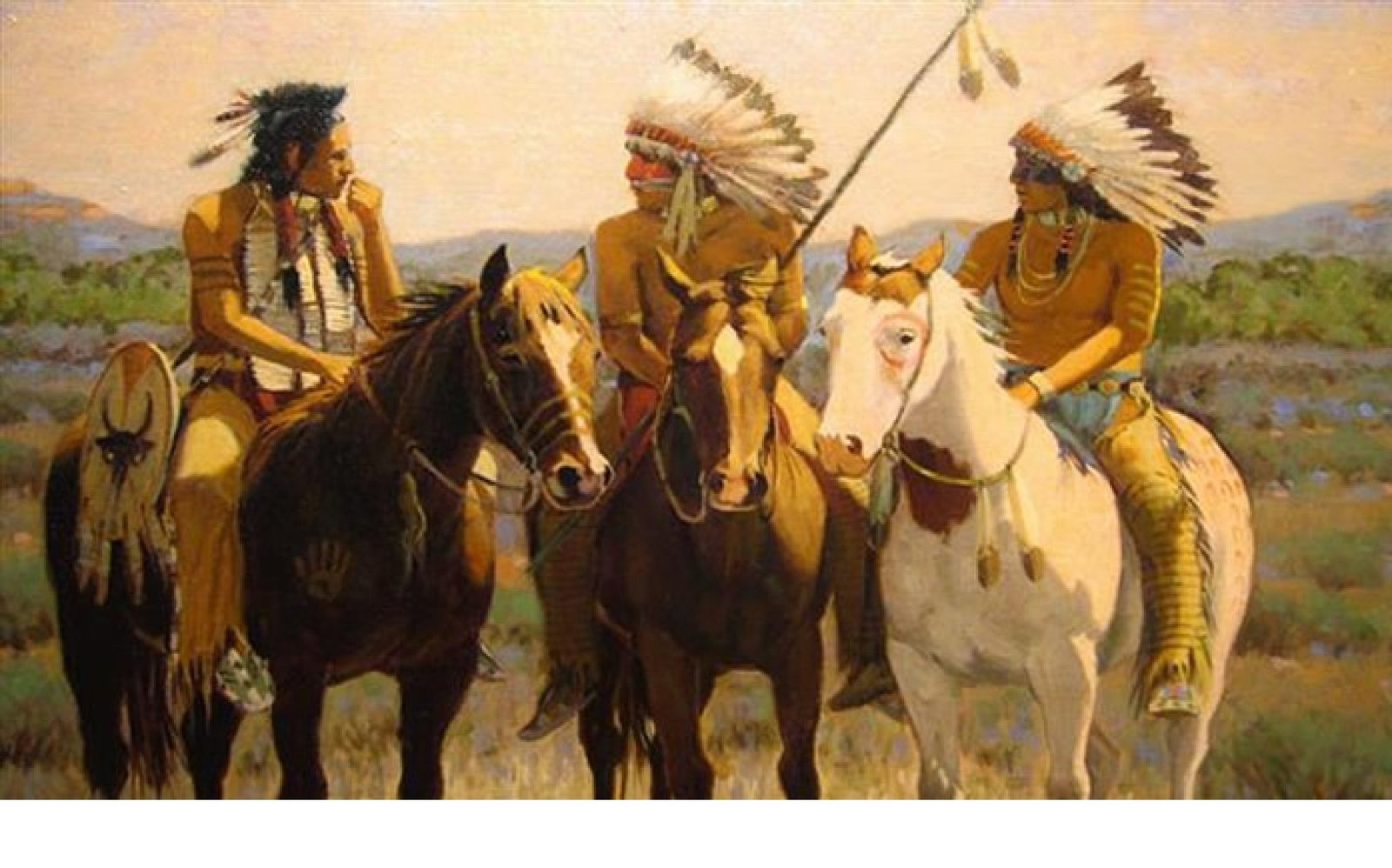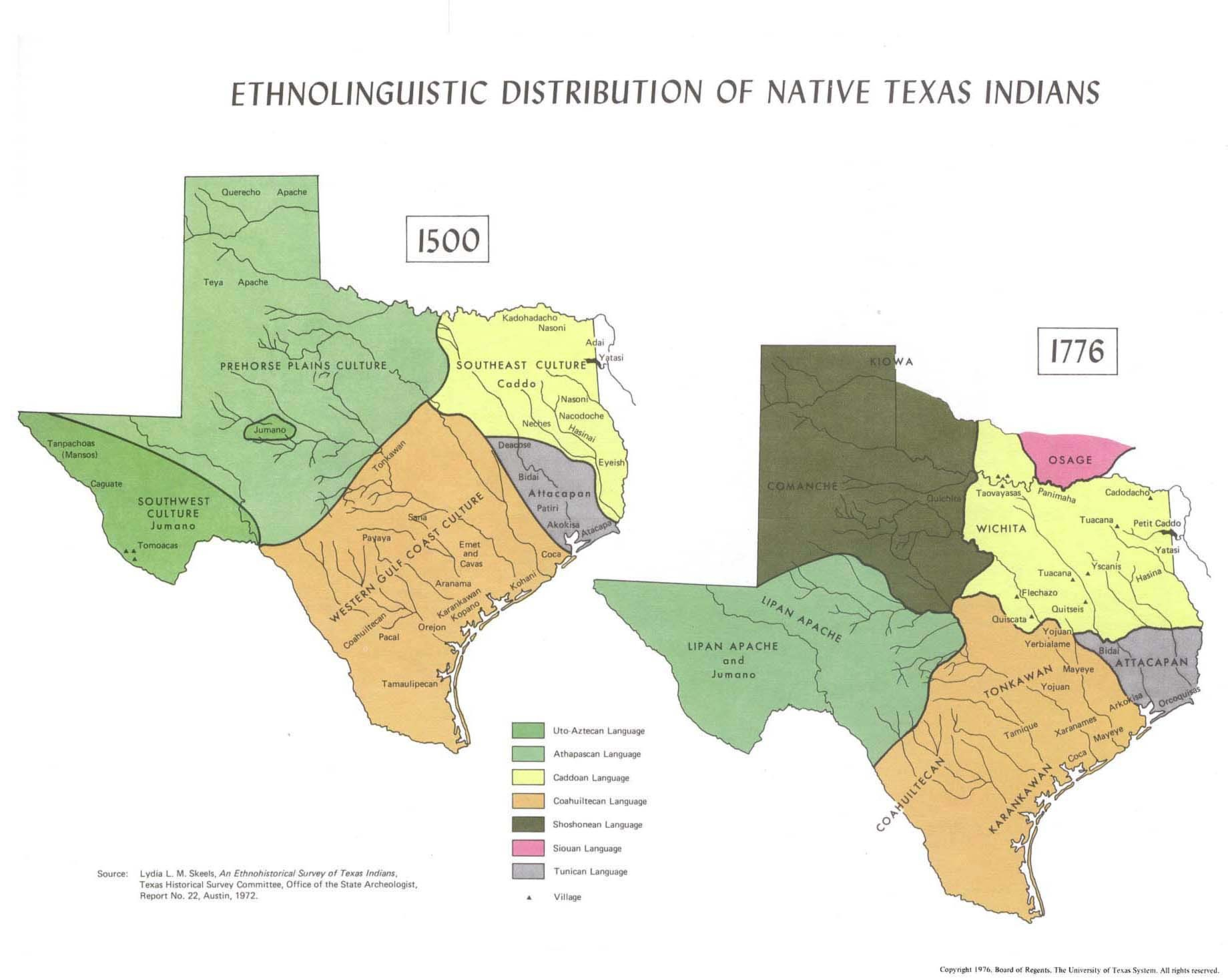A Tapestry of Cultures: Exploring the Native American Tribes of Texas
A Tapestry of Cultures: Exploring the Native American Tribes of Texas

Texas, a state known for its vast landscapes, vibrant history, and diverse culture, is also home to a rich tapestry of indigenous peoples. From the arid plains of West Texas to the humid forests of East Texas, Native American tribes have inhabited this land for millennia, leaving behind a legacy of art, language, and traditions that continue to shape the state’s identity.
This article delves into the fascinating history and enduring legacy of the Native American tribes of Texas, highlighting their diverse cultures, unique contributions, and the ongoing efforts to preserve their heritage.
Related Articles: A Tapestry of Cultures: Exploring the Native American Tribes of Texas
- Journey into the Timeless Realm of Aboriginal Dot Art: A Tapestry of Culture and Spirit
- Dazzling Indian Headdress Feathers: Uncover the Mesmerizing Traditions
- Unlock Feather’s Full Potential: Ultimate Reference Guide
- Empower Indigenous Communities: Native Hope Unleashing New Horizons
- Unveiling the Rich Tapestry: Religion and Culture of the Potawatomi
A History of Resilience and Adaptation
The first inhabitants of Texas arrived thousands of years ago, drawn to the abundant resources and diverse ecosystems. Archaeological evidence suggests the presence of human settlements dating back over 12,000 years, with distinct cultural groups emerging over time.
The Caddoan Tribes:
The Caddoan tribes, including the Caddo, Wichita, and Pawnee, were known for their sophisticated agricultural practices and elaborate ceremonial traditions. They lived in permanent villages, cultivated crops like corn, beans, and squash, and were skilled artisans, crafting pottery, jewelry, and intricate beadwork. The Caddo, in particular, developed a complex social hierarchy with chiefs and councils responsible for governance and decision-making.
The Apache Tribes:
The Apache tribes, including the Lipan, Mescalero, and Kiowa Apache, were nomadic hunters and gatherers who roamed the vast plains and mountains of Texas. They were renowned for their equestrian skills, using horses to hunt buffalo and raid neighboring tribes. The Apache were also known for their fierce independence and resistance to European colonization, engaging in numerous conflicts with Spanish settlers and the U.S. Army.
The Comanche Tribes:
The Comanche, a powerful and influential tribe, emerged as dominant forces on the Texas plains during the 18th century. They were skilled horsemen and warriors, known for their raids on Spanish settlements and their ability to adapt to the changing landscape. The Comanche developed a complex social structure with a system of chiefs and councils, and their influence extended across much of the Great Plains.

The Karankawa Tribes:
The Karankawa, a coastal tribe inhabiting the Gulf Coast region, were known for their unique culture and adaptations to their environment. They were skilled fishermen and gatherers, utilizing canoes and harpoons to hunt marine life. The Karankawa were also known for their distinctive tattoos and body modifications, reflecting their connection to the natural world.
European Colonization and its Impact
The arrival of European colonists in the 16th century marked a dramatic shift in the lives of Texas’ indigenous populations. Spanish colonization brought with it disease, displacement, and forced assimilation. Native American tribes were subjected to violence, forced labor, and the loss of their ancestral lands.
The Mission System:
The Spanish established a system of missions throughout Texas, attempting to convert Native Americans to Catholicism and integrate them into Spanish society. While some tribes embraced the mission system, others resisted, leading to conflicts and displacement. The mission system, while intended to Christianize and civilize, often resulted in the exploitation and cultural suppression of indigenous peoples.
The Texas Revolution and its Aftermath
The Texas Revolution of 1836 brought further upheaval to Native American tribes. While some tribes allied with the Texan forces, others remained neutral or sided with the Mexican government. The aftermath of the revolution saw the establishment of the Republic of Texas, which continued to push westward, encroaching upon Native American lands.
The Removal and Relocation of Tribes
The 19th century saw a period of intense pressure on Native American tribes in Texas. The U.S. government, through treaties and military campaigns, forced the removal and relocation of many tribes from their ancestral lands. The Comanche, for example, were forcibly removed from their territories in the 1870s, confined to reservations in Oklahoma.

The Legacy of Native American Culture in Texas
Despite the challenges they faced, Native American tribes in Texas have left an enduring legacy that continues to shape the state’s cultural landscape. Their contributions to art, language, food, and storytelling are woven into the fabric of Texas heritage.
Art and Craftsmanship:
Native American tribes in Texas are known for their vibrant and intricate art forms. The Caddo were renowned for their pottery, basketry, and beadwork, while the Apache created beautiful quillwork and leatherwork. These art forms continue to be practiced by contemporary Native American artists, preserving traditional techniques and expressing their cultural identity.
Language and Storytelling:
The languages spoken by Texas’ indigenous peoples are a vital part of their heritage. While many languages have been lost or are endangered, efforts are underway to revitalize and preserve them. Native American storytelling traditions, rich with symbolism and historical knowledge, continue to be shared through oral narratives, music, and dance.
Food and Cuisine:
Native American tribes in Texas developed a unique cuisine based on the resources available in their environments. They relied heavily on wild game, fish, fruits, and vegetables, incorporating these ingredients into their traditional dishes. Many of these culinary traditions have been passed down through generations, influencing the modern Texas cuisine.
The Ongoing Fight for Recognition and Preservation
Today, Native American tribes in Texas continue to face challenges in preserving their culture and identity. They struggle with issues of poverty, access to healthcare, and the recognition of their sovereignty.
Tribal Sovereignty:
The recognition of tribal sovereignty is a crucial issue for Native American tribes in Texas. This recognition allows tribes to govern themselves, manage their own resources, and preserve their cultural traditions.
Preservation of Culture:
Efforts to preserve Native American culture in Texas include language revitalization programs, cultural centers, and museums dedicated to showcasing indigenous art and history. These initiatives aim to educate the public about the rich heritage of Texas’ indigenous peoples and foster understanding and respect.
Conclusion
The Native American tribes of Texas have a long and complex history, marked by resilience, adaptation, and cultural richness. Their story is one of survival, resistance, and the enduring spirit of their traditions. Recognizing and honoring the legacy of these tribes is essential to understanding the diverse tapestry of Texas’ history and culture.
FAQ about Native Indian Tribes of Texas
Q: What are some of the most prominent Native American tribes in Texas?
A: Some of the most prominent tribes include the Caddo, Comanche, Apache, Karankawa, and Tonkawa.
Q: What are the major cultural differences between the tribes?
A: Each tribe had its own unique culture, language, and traditions. The Caddo were known for their agriculture and complex social structure, the Apache for their nomadic lifestyle and equestrian skills, and the Karankawa for their coastal adaptations and distinctive body modifications.
Q: What are some of the challenges faced by Native American tribes in Texas today?
A: Challenges include poverty, access to healthcare, and the recognition of their sovereignty.
Q: How can I learn more about the Native American tribes of Texas?
A: You can visit museums, cultural centers, and tribal websites. You can also read books and articles by Native American authors and scholars.
Q: What can I do to support Native American tribes in Texas?
A: You can support organizations that work to preserve Native American culture and language. You can also patronize Native American-owned businesses and learn about their history and contributions to Texas.

Closure
Thus, we hope this article has provided valuable insights into A Tapestry of Cultures: Exploring the Native American Tribes of Texas. We hope you find this article informative and beneficial. See you in our next article!